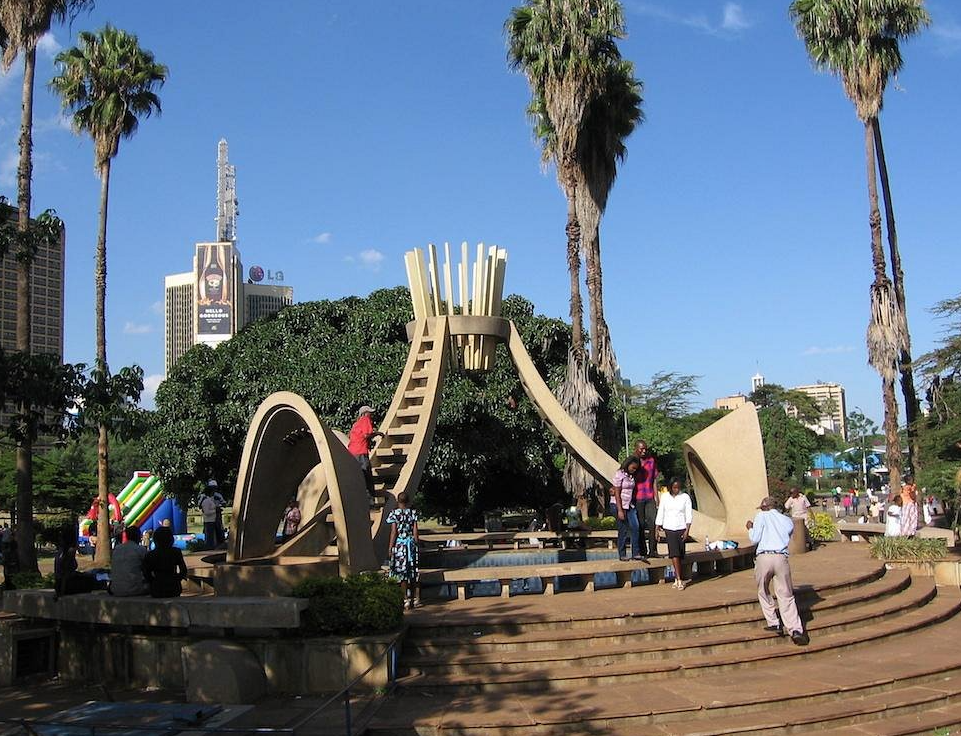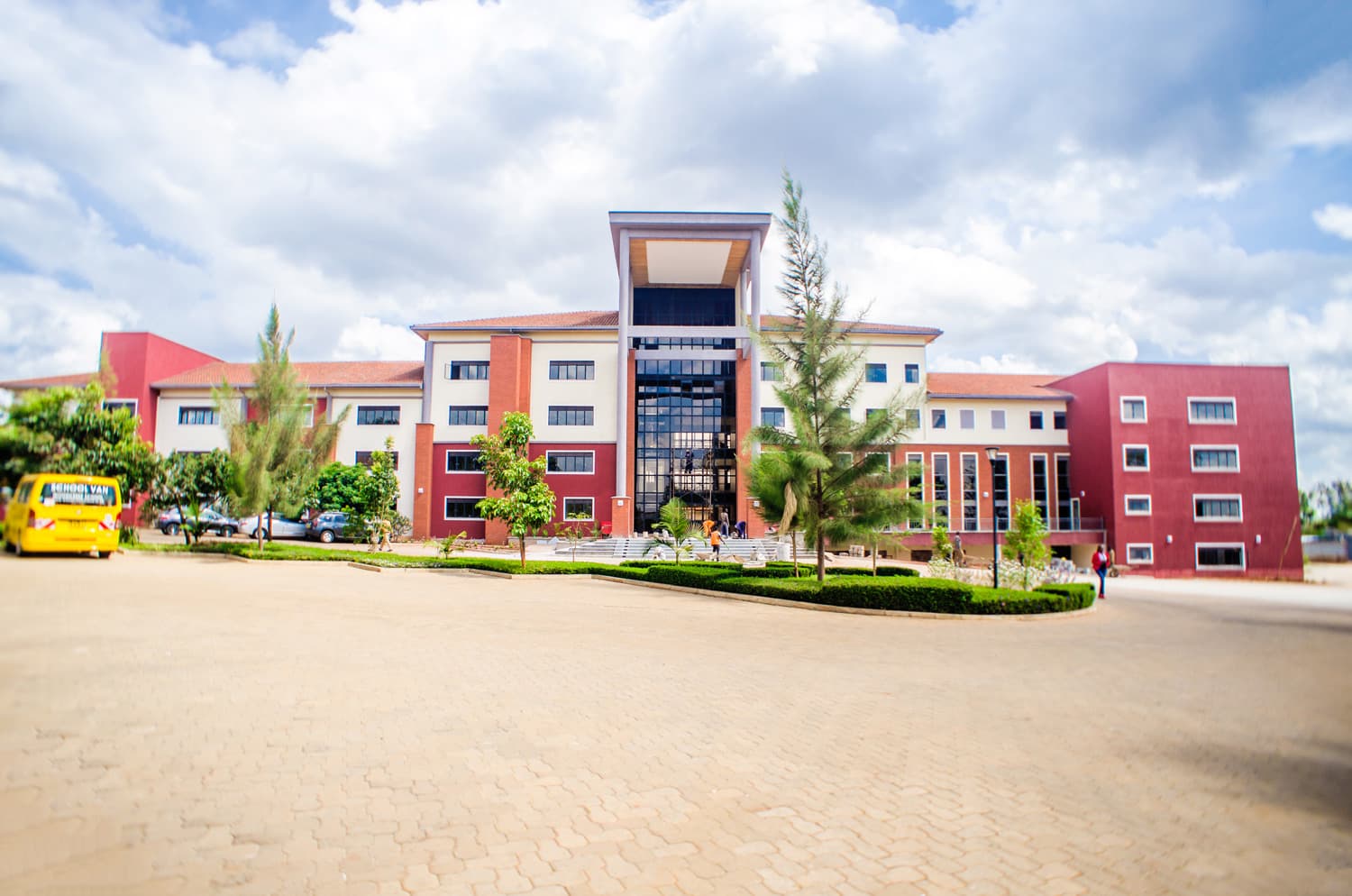Gede Ruins sits deep inside the lush Arabuko Sokoke Forest, about 10 kilometres from Watamu. The site tells the story of a powerful Swahili town that thrived between the 10th and 17th centuries.
Today, visitors walk through ancient mosques, palaces, wells, and narrow alleys that reveal the heart of Swahili culture.
This guide breaks down everything you need to know about Gede Ruins entrance fees, opening hours, and what to expect during your visit.

Understanding Gede Ruins Entrance Fees
Gede Ruins draws visitors who want a closer look at one of the best-preserved Swahili settlements on the East African coast. The National Museums of Kenya manages the site and keeps the fees affordable for local and international travelers.
The cost allows visitors to explore a UNESCO World Heritage Site that holds centuries of African and Islamic history. You walk through forested trails, stone walls, sunken courts, royal compounds, and public buildings that still stand strong.
Below are the official Gede Ruins entrance fees:
| Category | Kenyan Citizens | East Africa Resident | Non-Resident |
|---|---|---|---|
| Adults | 100 | 400 | 500 |
| Children (Below 16 Years) | 50 | 200 | 250 |
The National Museums of Kenya updates these fees whenever necessary, so travellers should always check eCitizen before visiting. Payments are strictly done on the eCitizen platform, which makes the entry process simple and secure.
The fees support site maintenance, research, forest protection, and community programs linked to conservation. When you pay for entry, you help protect one of the most important Swahili archaeological sites in the region.
What to Expect During Your Visit
Gede Ruins is more than a collection of old stone buildings. It is an immersive historical site surrounded by wildlife, forest trails, and unique cultural experiences.
Visitors encounter Sykes monkeys jumping from tree to tree, golden-rumped elephant shrews running across the forest floor, and owls resting near the deep ancient wells.
The walking paths are clear and gentle, making the tour suitable for families, students, and older travellers. Guided tours are available, but many travellers prefer exploring at their own pace. Every turn reveals something new, from a hidden alley to a beautifully carved tomb.
Do not forget to stop at Kipepeo Butterfly House. This community project supports local families by helping them rear butterflies for income. You can watch live metamorphosis and see colourful species that thrive in the coastal forest climate.
Opening Hours and Best Time to Visit
Gede National Monument opens daily from 7:30 am to 6:00 pm, including weekends and public holidays.
The best time to arrive is early in the morning when the forest is cool and the wildlife is more active. Morning visits also offer the best lighting for photography.
Late afternoons are peaceful, and the golden sun creates beautiful shadows against the ruins. However, if you plan to explore both the ruins and the butterfly house, start your visit before midday to enjoy everything without rushing.
The site receives visitors year-round, but dry seasons offer easier forest walks. Carry water, sunscreen, and comfortable walking shoes.
How to Plan Your Visit Smoothly
Make sure to pay your Gede Ruins entrance fees through eCitizen before travelling. This reduces waiting time at the gate.
If you are coming from Watamu, the ride to the ruins takes about 15 to 20 minutes. Taxis, tuk-tuks, and boda bodas are available throughout the day.
Carry a camera or smartphone because the site offers incredible photo opportunities. Respect the wildlife, avoid feeding the monkeys, and walk only on marked paths to help preserve the ruins.
For questions, visitors can reach the management through the following contacts:
Tel: 042-32065
Email: [email protected]






































